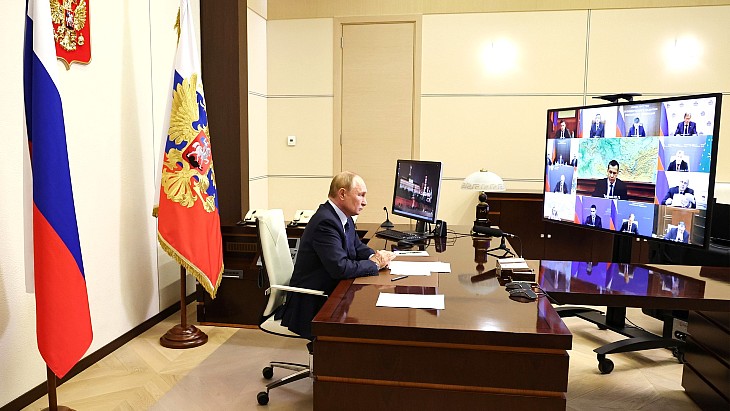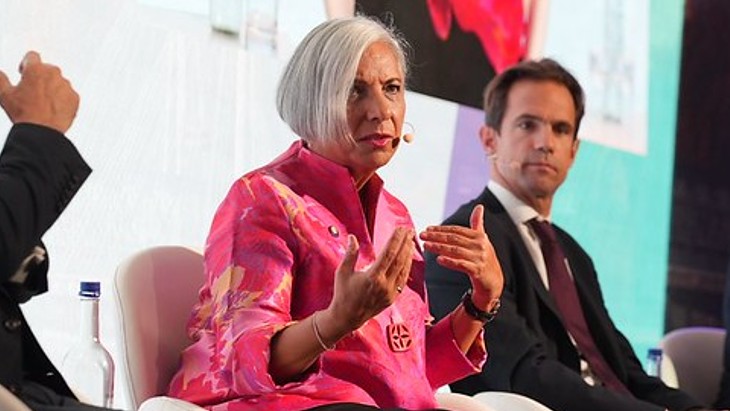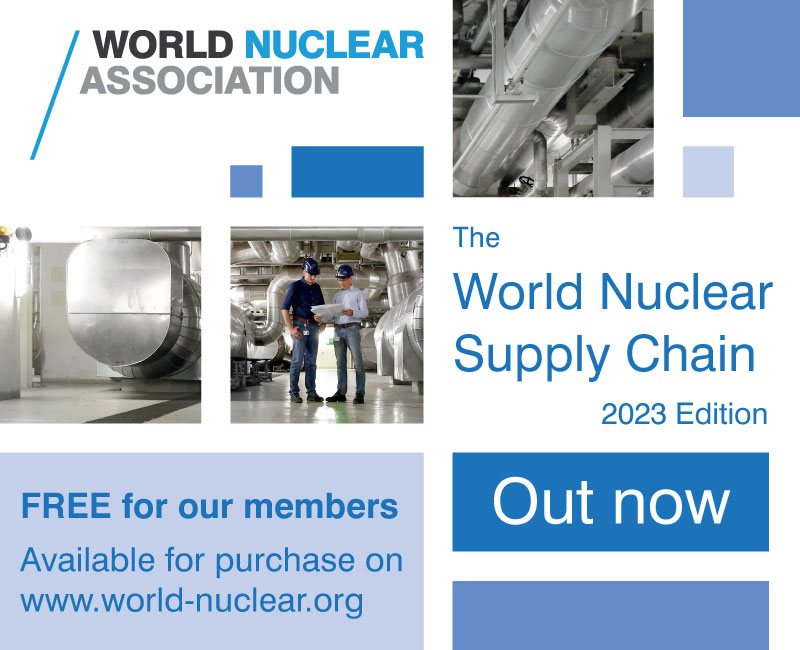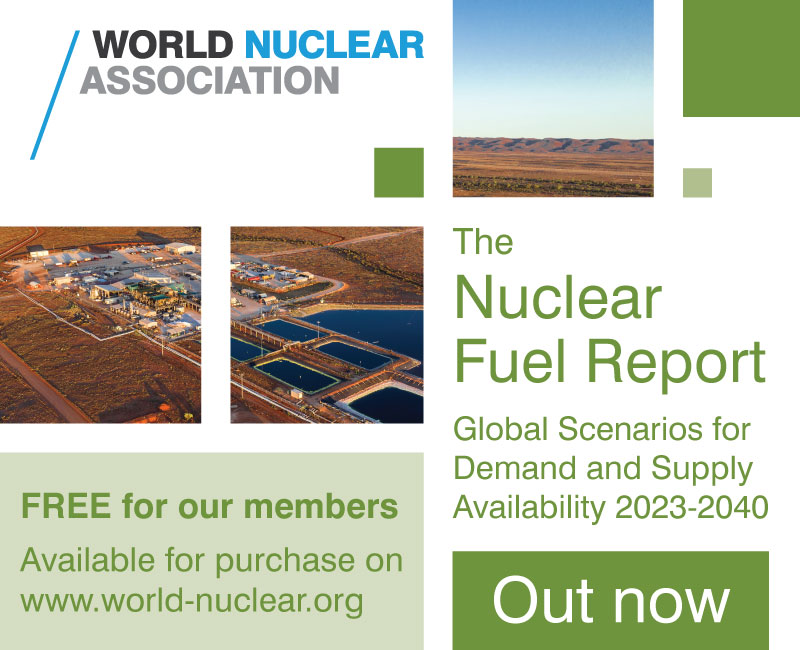Chinese-developed ATF undergoing irradiation tests
.jpg)
The term accident-tolerant fuel (ATF) describes new technologies that enhance the safety and performance of nuclear fuel. Such fuels may incorporate the use of new materials and designs for cladding and fuel pellets.
CGN said a '2SF PI-A' ATF fuel rod was loaded into a research reactor on 20 January under the supervision of the Chinese Institute of Nuclear Physics & Chemistry, the China Academy of Engineering Physics and the China Guangdong Nuclear Research Institute.
"By studying the reactor irradiation test, the researchers will obtain valuable data on the irradiation of ATF fuel in the reactor," CGN said. "The test will also provide strong support for post-computation modelling and pilot rod loading, which is of great value."
China launched an ATF research and development programme in 2015, when CGN was assigned to lead the project and assembled a group of research institutes and universities - including the Chinese Academy of Sciences, the China Academy of Engineering Physics, Tsinghua University and Xi'an Jiaotong University - to form a national team committed to ATF technological R&D and creation of a nuclear fuel industrial alliance.
CGN said it took the team three years to complete the conceptual design of the ATF and make a preliminary evaluation of the safety benefits of ATF under accident conditions.
Several types of cladding and fuel pellets with enhanced accident tolerance have been developed by the team for use in light water reactors, including coated zirconium alloy, iron-chromium-aluminium alloys, coated molybdenum alloy, silicon carbide claddings, as well as high thermal conductivity uranium-oxide pellets.
CGN began neutron irradiation tests for candidate materials for ATF in December 2017. These tests were conducted in the China Mianyang Research Reactor on the Nuclear Physics campus of Institute of Nuclear Physics & Chemistry in Mianyang city, Sichuan Province.
Since then, CGN has focused on the development of fuel models and their application in projects. The company said it will "strive to meet the requirements for commercial reactor applications of ATF components within five years".
According to CGN, "The new-generation super safe fuel will resist serious accidents and prolong the non-intervention time in case of reactor accidents, greatly reducing the risk of hydrogen explosions and relieving or eliminating the consequences arising from loss of coolant." It added, "It will be used to replace fuel in the nuclear power plants now in operation and help design the fourth generation or even more advanced nuclear power system. In addition, the new fuel will maintain and improve the performance of nuclear power plants."
ATF fuel designs are also being developed in the Europe, Japan and the USA.
Rosatom's fuel company, TVEL, plans to offer ATF to its customers by the early 2020s. TVEL is developing ATF for use in Rosatom's VVER reactors and in Western PWRs. Prototype assemblies are being tested at the MIR-M1 research reactor at the Research Institute of Atomic Reactors at Dimitrovgrad.
Framatome, Global Nuclear Fuel and Westinghouse are working with the US Department of Energy (DOE) to commercialise their ATF concepts by 2025. The DOE's ATF programme was launched following the 2011 Fukushima Daiichi accident and aims to demonstrate performance by inserting ATF technology into a commercial reactor by 2022, and bring advanced fuel concepts to market by 2025.
In July 2017, it was announced that four test lead assemblies of Framatome fuel featuring chromia-doped fuel pellets and chromium-coated fuel cladding will be loaded into unit 2 of the Vogtle plant in Georgia early this year.
_75453.jpg)

.jpg)
_76664.jpg)









